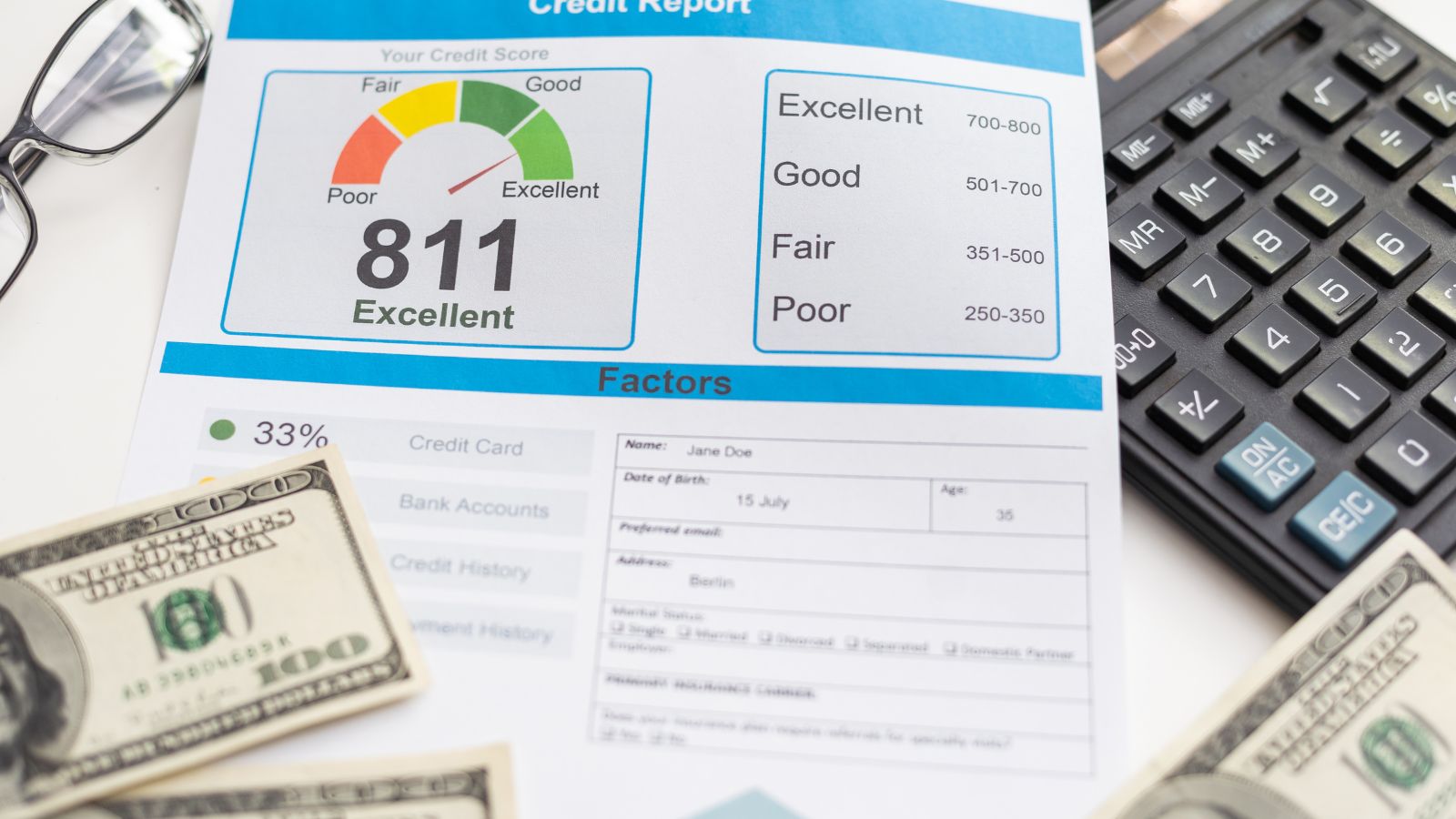Dreaming of a new kitchen or a backyard oasis? A credit union home improvement loan could be the key to making those dreams a reality. This financial tool offers a practical solution, allowing homeowners to transform their living spaces without draining their savings.
Credit Union Home Improvement Loan
As the discourse transitions from the relevance of a credit union home improvement loan to a more detailed analysis, ensuring a clear and cohesive understanding of its constituents becomes crucial. Therefore, this section delves into the specifics of what a credit union is and how home improvement loans function.
What Is a Credit Union?
A credit union signifies a not-for-profit financial institution that offers a variety of services, including loans, to its members. Unlike banks, credit unions operate on a democratic principle, meaning that each member, irrespective of their investment size, gets a single vote in electing the board. Members generally share a common bond such as locality, employment, or religious affiliation. Due to their non-profit nature, credit unions can offer lower rates on loans, including home improvement loans, as compared to their for-profit counterparts such as banks. For instance, data suggests that on average, credit union personal loan rates can be 20% lower than bank rates.
How Home Improvement Loans Work
Home improvement loans represent a type of personal loan that homeowners secure to finance their home renovation projects. Not tied to any specific property as collateral, they function as unsecured loans, making them a more flexible source of finance.
 The Benefits of Choosing a Credit Union for Your Loan
The Benefits of Choosing a Credit Union for Your Loan
Navigating the world of loans becomes less intimidating with a credit union by your side. This section explores the unique benefits homeowners enjoy when they opt for credit union home improvement loans.
Lower Interest Rates and Fees
One significant advantage of choosing a credit union for home improvement loans lies in their ability to offer lower interest rates and fewer fees. Structured as not-for-profit entities, credit unions often maintain interest rates at a lower level than primarily profit-driven institutions like banks. That means homeowners won’t lose sleep over mounting debt, making credit union home improvement loans a financially smarter option.
Personalised Customer Service
When applying for a home improvement loan, personalised customer service plays a critical role in making the process smoother. Credit unions, due to their smaller scale and community-focused nature, excel at providing top-notch customer service. They prioritise their member’s needs, offering one-on-one consultations for loan applications, and tailoring repayment terms to individual circumstances. This kind of exceptional service adds an extra layer of comfort during what can often be a stressful time.
 Comparing Credit Union Loans to Other Financing Options
Comparing Credit Union Loans to Other Financing Options
Navigating the landscape of home improvement financing can seem daunting. Here, essential comparisons are made between credit union home improvement loans and other popular financing options.
Home Equity Loans and Lines of Credit
Home equity loans, also known as second mortgages, invite homeowners to borrow against their home’s equity. Lines of credit are likewise drawn from home equity. However, it’s important to note these options carry an inherent risk, as defaulting on repayment may lead to home foreclosure— a consequence absent in credit union home improvement loans.
Moreover, these loans typically come with higher interest rates. A report by the Federal Reserve indicates home equity loans’ average rate was 5.74% in the latter part of 2020. Unlike home equity options, credit union loans operate independent of home value, so fluctuating real estate markets won’t impact borrowing potential.
Personal Loans from Banks
Personal loans from banks introduce another viable financial tool for home improvement projects. Yet, rates on personal loans fluctuate wildly, averaging between 6% and 36% depending on credit health, as per Experian’s 2020 data, and often higher than a credit union home improvement loan. Banks usually have strict credit requirements, and the application process can be time-consuming.
